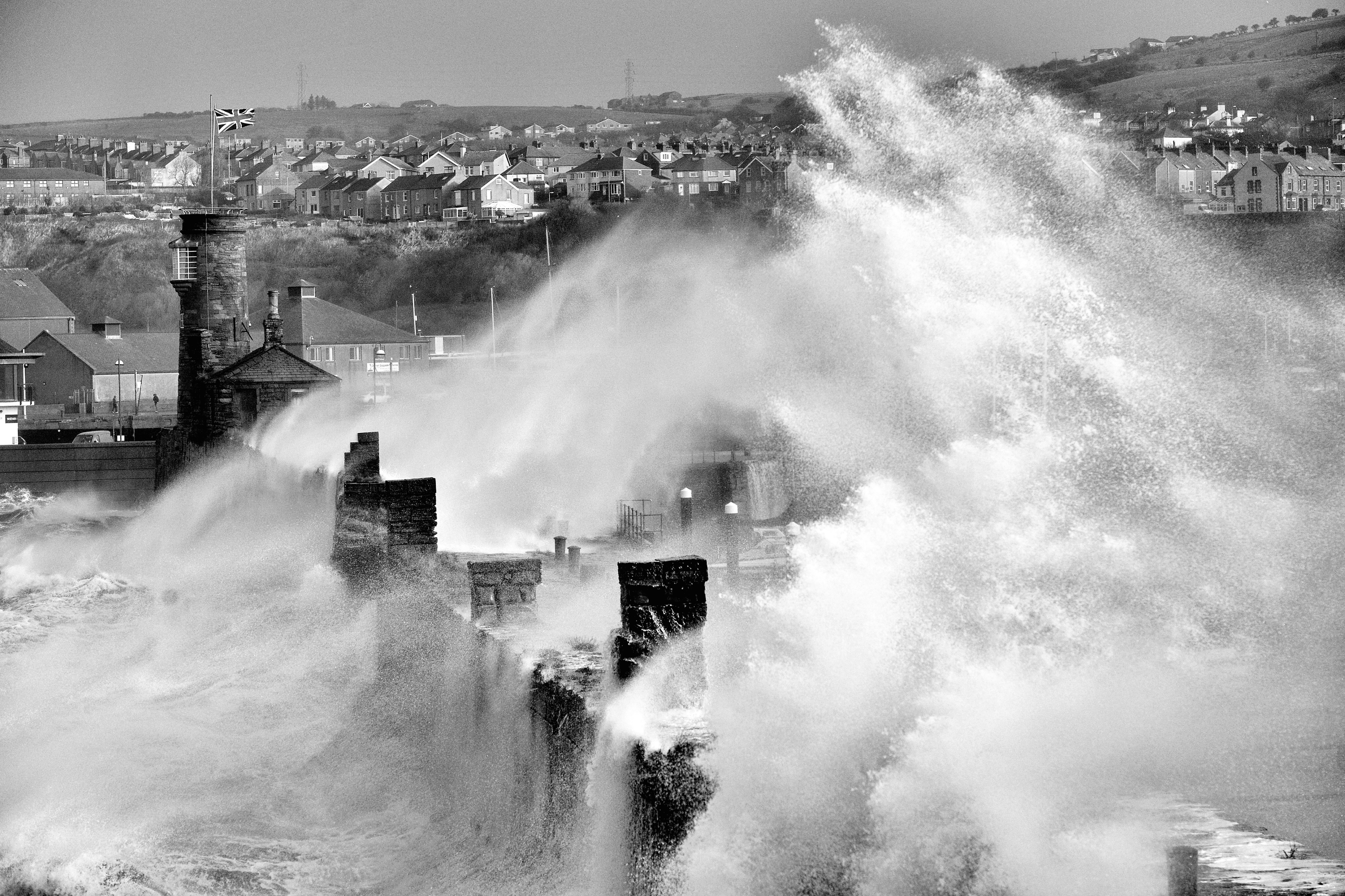

High risk of 'unprecedented' winter rainfall
The last few years have seen several rainfall events cause widespread flooding in the UK, such as the extensive flooding in winter 2013/14 when the heaviest rainfall in 100 years fell in southern England and the Midlands, and flooding in the north-west as a result of Storm Desmond in December 2015.
Novel research by Met Office scientists has now concluded that there is a 1 in 3 chance of a new monthly rainfall record in at least one region in England and Wales each winter (October-March). Since extreme events are rare, an innovative technique has been used by researchers to quantify the risk of extreme rainfall. By using a climate model that takes the current climate period from 1981-2015 as its base, and then running it hundreds of times on the Met Office supercomputer.
Professor Adam Scaife, who is leading on the research at the Met Office said “The new Met Office supercomputer was used to simulate thousands of possible winters, some of them much more extreme than we’ve yet witnessed. This gave many more extreme events than have happened in the real world, helping us work out how severe things could get.”
Analysing the simulated events showed there is a 7% risk of record monthly rainfall in south east England in any given winter, and 34% chance when other regions of England and Wales are also considered.
Dr Vikki Thompson, lead author of the report, said “Our computer simulations provided one hundred times more data than is available from observed records. Our analysis showed that these events could happen at any time and it’s likely we will see record monthly rainfall in one of our UK regions in the next few years”.
The research has demonstrated that, even with the current climate, it is likely that there will be one or more monthly regional rainfall record events, in the coming decade.
“Although this year has been particularly dry, generally our winters are getting wetter and the rainfall heavier, so we are seeing more flooding and records broken,” said Prof Piers Forster from the University of Leeds who was not personally involved with the study.
“We expect the odds to shorten on future rainfall extremes but the first stage to predict this is knowing the current odds - and this is what this new paper gives us.”
This new technique could also be applied to assess other risks such as droughts, heatwaves, and cold spells and could help policy makers, contingency planners and insurers plan for future events.



